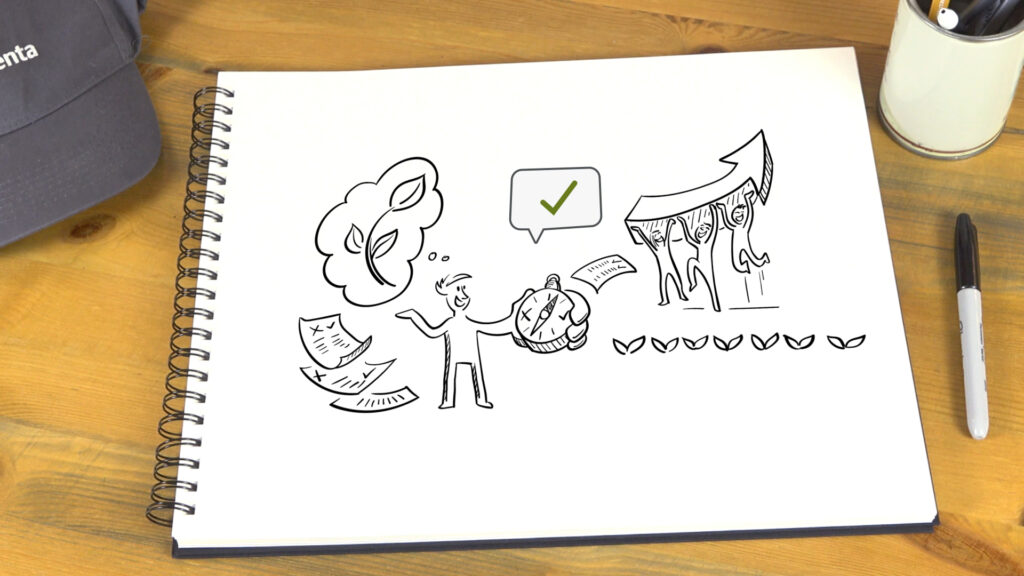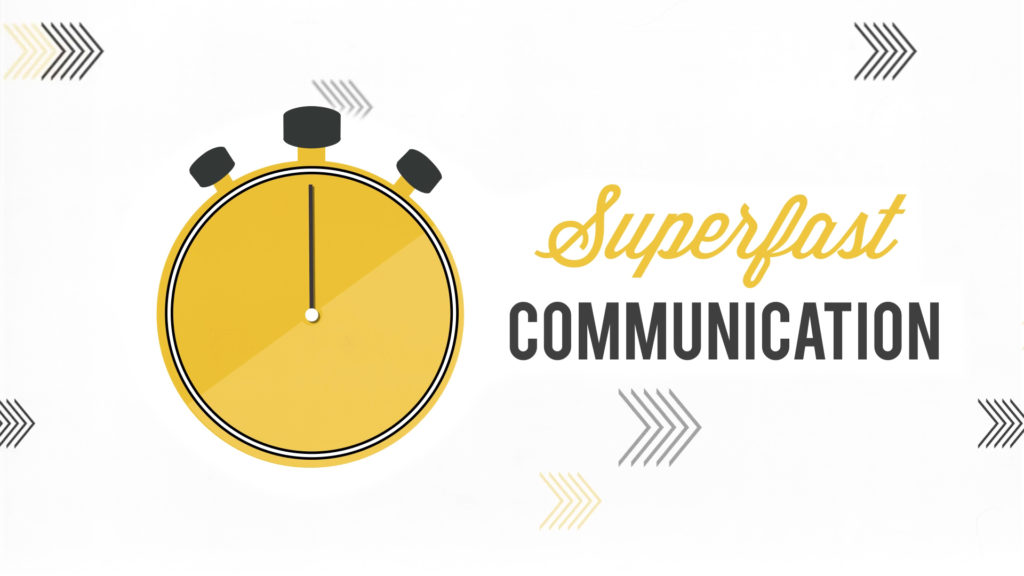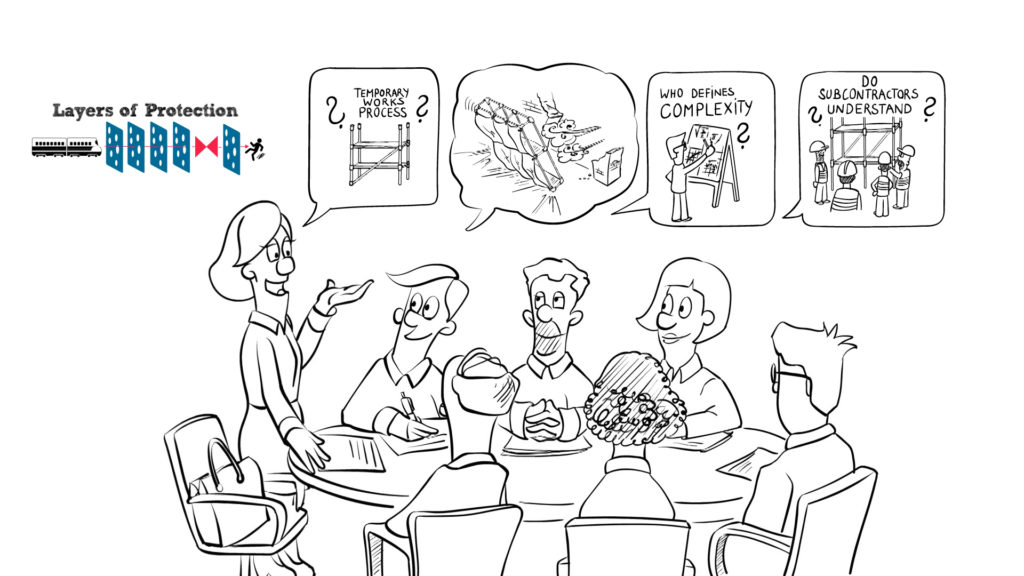Bringing the “Why” Forward: AI, XR and the Future of Animated Narrative
As we move deeper into the digital frontier, the need to explain why remains just as vital, but the tools we use to do it are evolving fast. Artificial intelligence (AI) and extended reality (XR) now offer entirely new ways to communicate purpose, meaning, and connection within organisations, products, and experiences.
AI is transforming animation into a smarter, more responsive medium. Animated content can now adapt in real time based on the viewer’s context, expanding areas that need more clarity or skipping what’s already understood. Generative tools also open new creative possibilities, helping teams experiment quickly and produce more versions of a story at scale. Combined with conversational AI, animations can now respond to viewers, using intelligent agents or avatars that show explanations visually rather than relying on text or narration alone.
XR takes this a step further by turning the act of explanation into an embodied experience. In virtual or mixed reality, audiences can literally step inside The Why” – exploring the consequences of a decision, understanding a process from multiple perspectives, or switching roles within a single story. Complex data or systems can be visualised spatially, transforming abstract information into something people can explore and feel. Augmented reality (AR) overlays can also bring animated context into the real world, reinforcing understanding and purpose right where it’s needed.
When AI and XR come together, they form a powerful partnership for communicating intent and meaning. AI can detect hesitation or confusion during an immersive session and adjust the experience dynamically by adding more detail or changing the pace. Intelligent avatars or AI-driven characters can guide users through a scenario, respond to their questions, and turn the “why” into a two-way conversation. Meanwhile, analytics can measure comprehension and engagement, refining both the narrative and the experience itself over time.
The key is to start simple and build flexibly. Even a small AI-driven animation or a lightweight AR overlay can make “The Why” more engaging and memorable. As you scale, modular storytelling allows users to explore, make choices, and learn through experience rather than instruction. Above all, stay transparent about intent. These technologies should always serve clarity, empathy, and trust, not novelty for its own sake.
The principle remains unchanged: people still want to know why. What has changed is how we can deliver it, through intelligent, adaptive, and immersive storytelling that allows audiences not just to see or hear “The Why,” but to truly experience it.












